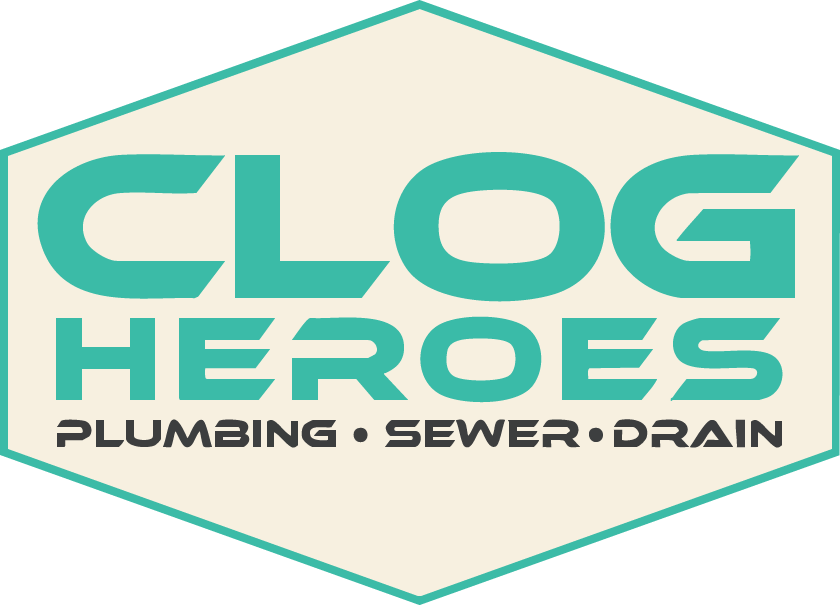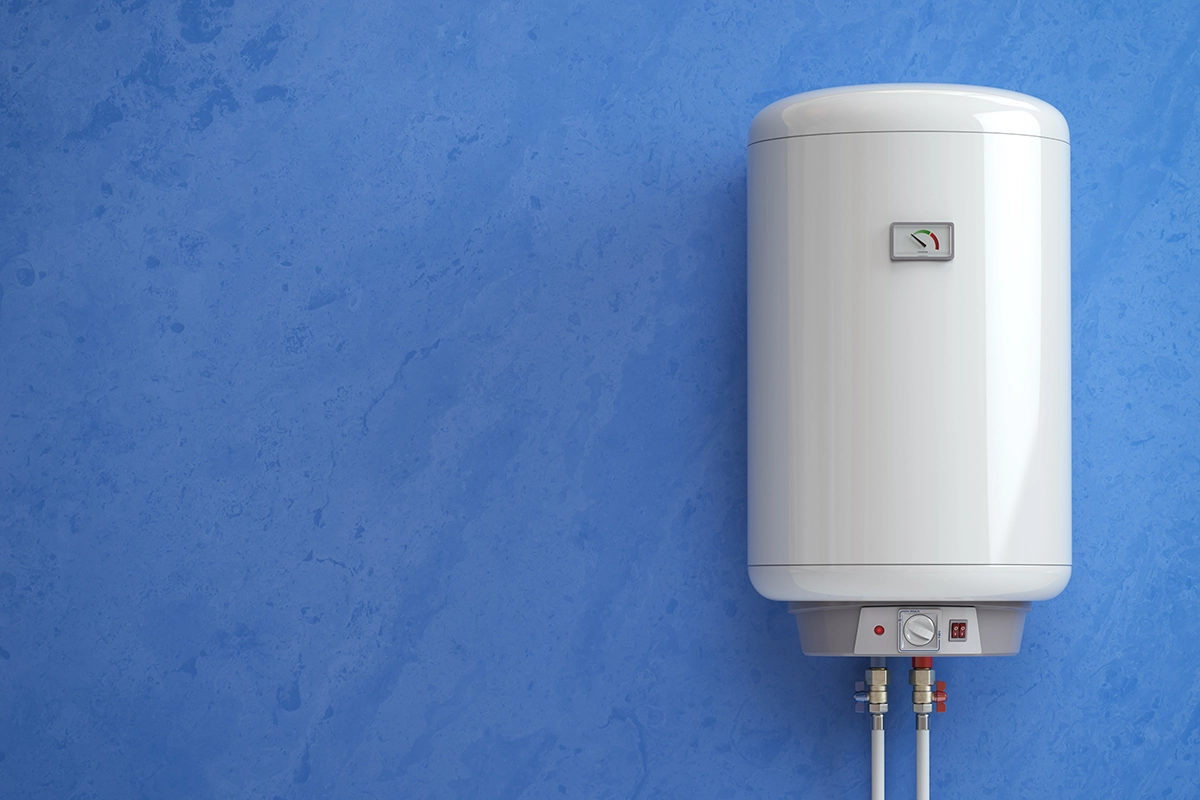Parts of a Water Heater: A Homeowner’s Guide
Home /
When hot water stops flowing the way it should, most homeowners are left wondering what went wrong. The best place to start is by understanding the parts of a water heater and how they work together. Whether you have a traditional tank-style unit or a tankless system, every water heater has essential components that keep hot water ready for your daily needs. At Clog Heroes, we help families in Fredericksburg, VA maintain, repair, and replace water heaters so you’re never stuck with a cold shower.
Why Knowing the Parts of a Water Heater Matters
A water heater isn’t something most people think about until it breaks. But when you know the main parts of a water heater, it becomes easier to recognize warning signs, explain problems to a technician, and make smarter decisions about maintenance or replacement. Just like learning the parts of your car can save you from roadside trouble, knowing what’s inside your water heater can prevent costly emergencies.
Main Parts of a Tank-Style Water Heater
Tank-style heaters are the most common in Fredericksburg homes. They store hot water inside a large insulated cylinder and keep it ready until you need it. Here are the essential parts of a water heater you should know:
1. Tank
The tank is the large metal cylinder that holds water, usually ranging from 30 to 80 gallons. It’s lined with a protective glass or enamel coating to prevent rust and wrapped in insulation to keep heat inside.
2. Dip Tube
Cold water enters the tank through the dip tube. This tube directs incoming cold water to the bottom of the tank so the heating elements or gas burner can warm it efficiently.
3. Heating Element or Gas Burner
Electric water heaters use one or two electric heating elements (like giant versions of stovetop burners) to heat the water.
Gas water heaters use a burner at the bottom of the tank, powered by natural gas or propane, with a flame that heats the water directly.
4. Thermostat
The thermostat monitors water temperature and signals the heating element or burner to turn on or off. Most are adjustable, letting you set your preferred hot water temperature (usually around 120°F for safety and efficiency).
5. Anode Rod
This metal rod, often made of aluminum or magnesium, is called a “sacrificial anode.” It attracts corrosion so that the tank lining doesn’t rust. Replacing the anode rod every few years can dramatically extend your water heater’s life.
6. Pressure Relief Valve
Safety is critical. The temperature and pressure relief (T&P) valve releases water if the tank’s pressure gets too high. Without it, tanks could overheat and become dangerous.
7. Drain Valve
Located near the bottom of the tank, this valve allows you or a technician to drain the tank. Flushing the tank once a year removes sediment buildup and improves efficiency.
Additional Parts of a Tankless Water Heater
Tankless water heaters work differently, heating water only when you need it. Instead of a storage tank, they rely on high-powered heating coils. While they have fewer parts, the components are just as important.
Heat Exchanger – Rapidly heats cold water as it passes through the unit.
Flow Sensor – Detects when water is running and signals the system to start heating.
Control Panel – Allows temperature adjustments and error code displays.
Exhaust Vent – Vents out combustion gases in gas-powered tankless units.
Understanding these parts of a water heater helps explain why tankless units are more efficient but also more complex when it comes to repairs.
Common Problems Linked to Specific Parts of Water Heater
Knowing the parts isn’t just about names — it helps identify issues before they get worse. Here are some examples:
Rust-colored water – Often linked to a failing anode rod.
Inconsistent hot water – Could be caused by a faulty thermostat or burned-out heating element.
Strange noises – Rumbling or popping often means sediment has collected in the tank, affecting the heating element.
Leaking from the top or bottom – Might point to loose connections, a bad dip tube, or even a corroded tank.
Recognizing these signs early allows you to call a plumber before the entire water heater fails.
Maintenance Tips for Water Heater Parts
Regular maintenance extends the life of your system and keeps it running efficiently. Here are some best practices:
Flush the tank annually to clear out sediment buildup.
Check the anode rod every 3–5 years and replace if it’s heavily corroded.
Inspect the T&P valve to ensure it opens and closes properly.
Test the thermostat if water is too hot, too cold, or inconsistent.
These simple steps can prevent breakdowns and keep your water heater in good condition for years.
When to Call a Professional
Even with a solid understanding of the parts of a water heater, most repairs and replacements require professional service. Handling high voltage electricity, natural gas, or pressurized tanks without training is risky. Licensed plumbers like our team at Clog Heroes have the tools, knowledge, and certifications to handle water heater problems safely.
Local Expertise You Can Trust
In Fredericksburg, VA, homes rely on dependable hot water year-round. At Clog Heroes, we specialize in water heater repair, replacement, and maintenance. Whether your thermostat is failing, your tank is leaking, or your system just isn’t keeping up, we’ll identify the issue and provide the right solution.
Final Thoughts
Understanding the parts of a water heater makes you a more informed homeowner and helps you spot problems early. From the dip tube and thermostat to the anode rod and pressure relief valve, each component plays a crucial role in delivering hot water safely and efficiently.
If your water heater is showing signs of trouble, don’t wait until you’re left with ice-cold showers. Call Clog Heroes today for expert water heater service in Fredericksburg, VA — we’ll keep your hot water flowing and your home comfortable.

